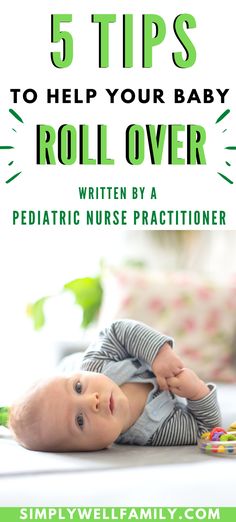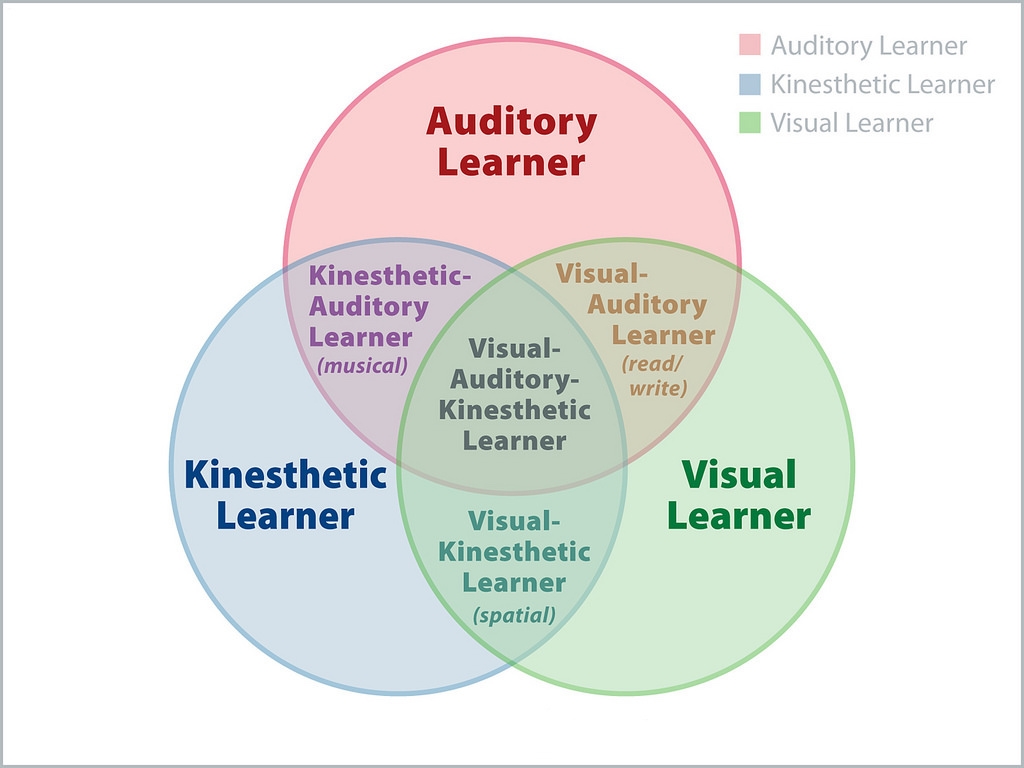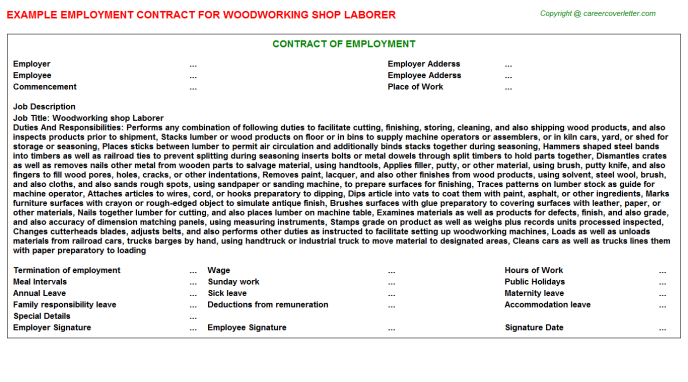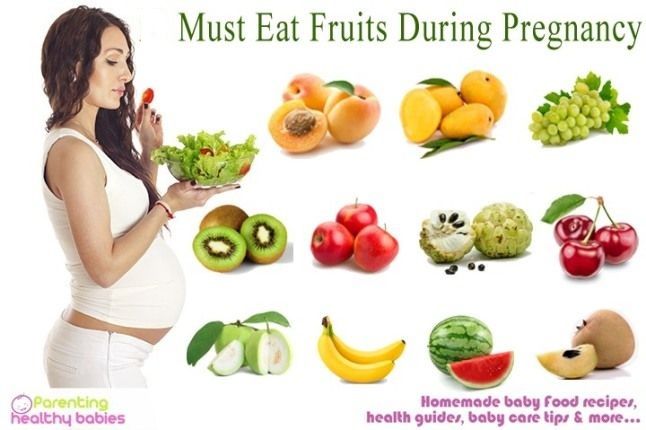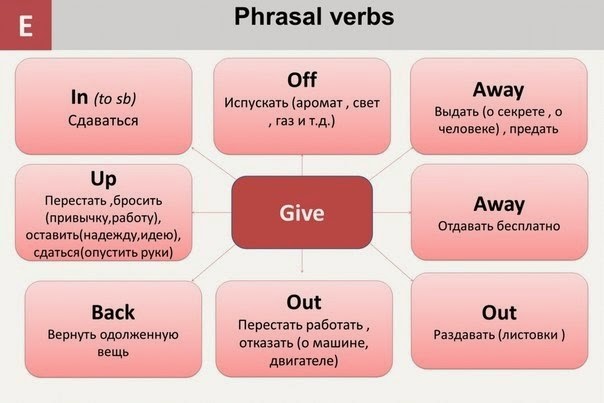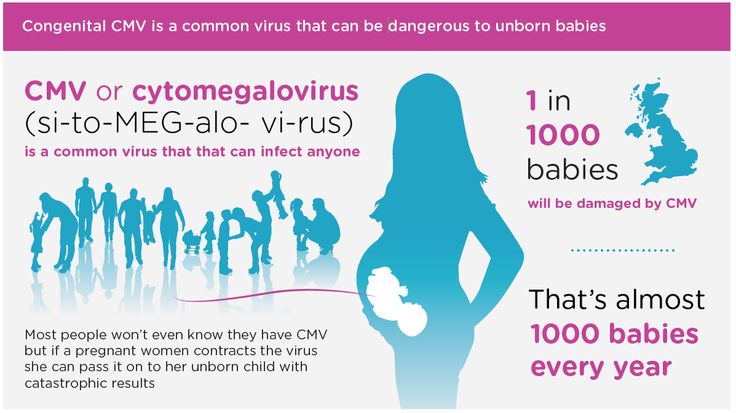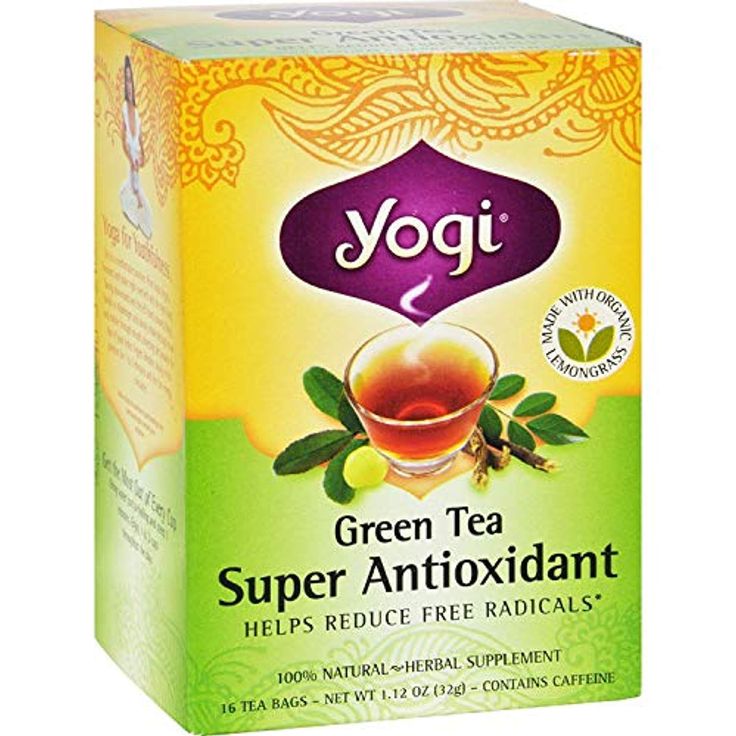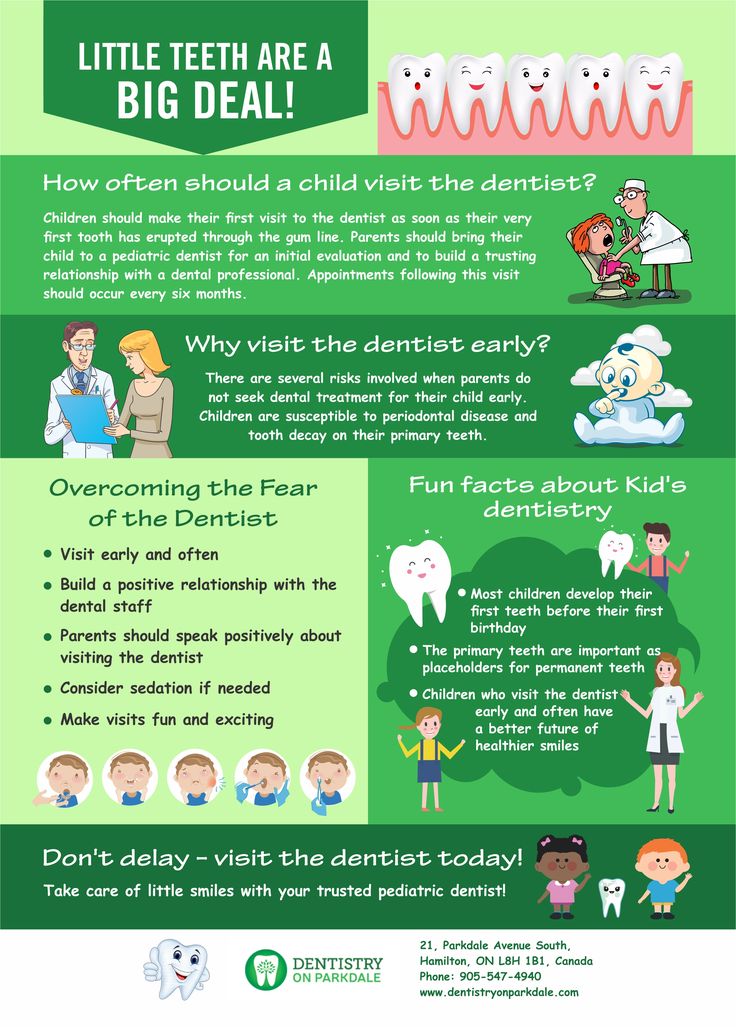When can i take baby to beach
When Can You Take a Baby to the Beach?
As an Amazon Associate BE Family Travel earns from qualifying purchases. Learn More
How Soon Can I Take My New Rescue D...
Please enable JavaScript
How Soon Can I Take My New Rescue Dog to the Beach
Taking a family beach vacation with a baby or newborn will certainly be more complicated than before you had kids. But many parents want to continue traveling even with the addition of a new little person. If you’re reading this article you are probably wondering when can you take a baby to the beach? There are several things to consider before taking a baby to the beach. Babies are extremely sensitive to the sun and heat, so you must be aware of how to keep your baby safe at the beach.
In this post, we will discuss taking a newborn to the beach, why waiting until 2 months is recommended, and find out when can a baby wear sunscreen. Also included are the best baby beach essentials, a beach packing list, and how to take a beach vacation with a baby.
These opinions are formed from the personal experience of parenting my own children. I cannot provide any medical advice, and your decision to take your little one to the beach should be shared with your doctor.
📌Pin it for later📌
Taking a Newborn to the Beach
Babies under 6 months old should avoid too much sun exposure. For the first 6 months of life, your baby’s skin lacks melanin – the pigment to protect it from the sun. Therefore, baby skin will burn a lot easier than adult skin, or even older children’s skin.
Infants cannot regulate their body heat like grownups, so when they are left in a hot environment they can feel heat stress. Thus, babies younger than 6 months should be kept out of direct and indirect sunlight because of the risk of heatstroke.
The American Academy of Pediatrics advises that infants who are younger than six months must avoid sun exposure to prevent sunburn.
Can I take my 2-month-old to the Beach?
You don’t find many newborns at the beach because it is a lot more complicated to travel with an infant.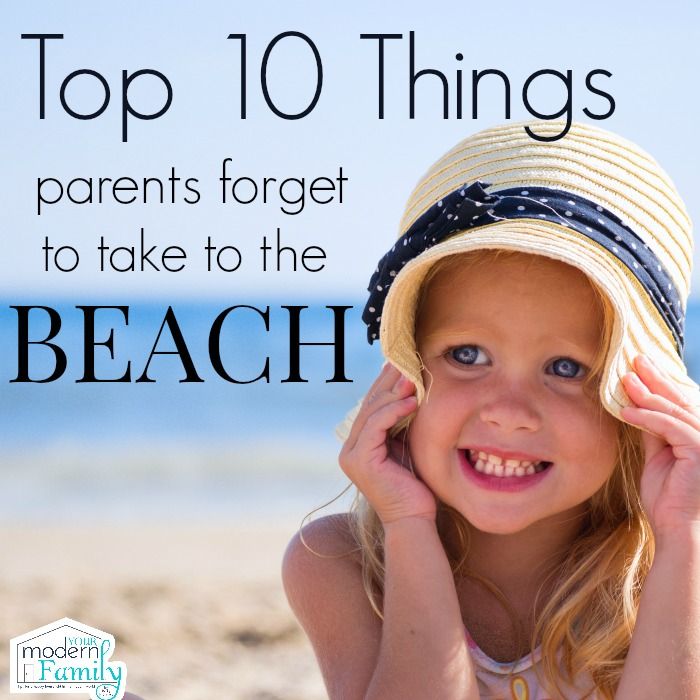 Even so, it is not unheard of and many parents will take the necessary precautions before heading to the beach
Even so, it is not unheard of and many parents will take the necessary precautions before heading to the beach
Babies can go in the water from birth, but they can pick up an infection from water until they build a stronger immune system. Also, it’s important that babies don’t get too cold in the water because they cannot regulate their body temperature like adults. Babies can lose heat rapidly, nearly 4 times faster than an adult. Therefore, the general rule of thumb is to wait until your child is at least 2 months old before taking your baby swimming in the ocean, a lake, or pool.
Where you want to swim makes a difference. Be aware of the water temperature. If you feel like the water is cool then your baby will definitely feel the cold very quickly. If you are in a hot climate and the water is as warm as bathwater, then a baby over 2 months can certainly get wet for a few minutes.
Taking a Baby to the Beach
New parents often wonder “when can I take my baby to the beach”? It is important to avoid the hottest part of the day.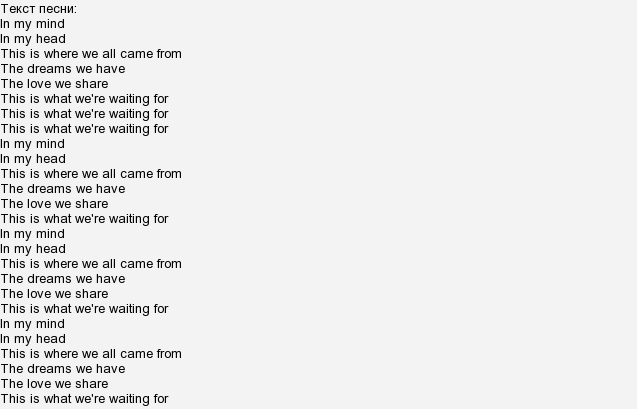 Choose to visit the beach with a baby in the early morning before 11:00 AM, or later in the afternoon after 3:00 PM.
Choose to visit the beach with a baby in the early morning before 11:00 AM, or later in the afternoon after 3:00 PM.
If your little one is an early riser then head to the beach in the morning. Get in a few hours on the beach first thing before it gets too hot. Then head back to your beach house for lunch and nap time. Return to the beach in the late afternoon when it is cooler and usually less crowded. Later in the day, the lighting is also perfect for taking photos of your family on the beach.
Babies younger than six months should stay in the shade and be kept out of the sun altogether. Your baby’s skin is delicate and can still burn even if it isn’t sunny, It is vital to protect your baby from the sun.
At what age can a baby wear Sunscreen?
To start wearing sunscreen your baby should be older than 6 months. Sunscreen for babies must be an SPF 30 or higher and remember to reapply sunscreen every two hours. I personally prefer to use a water-resistant sunscreen with an SPF 50 on my children to provide greater protection.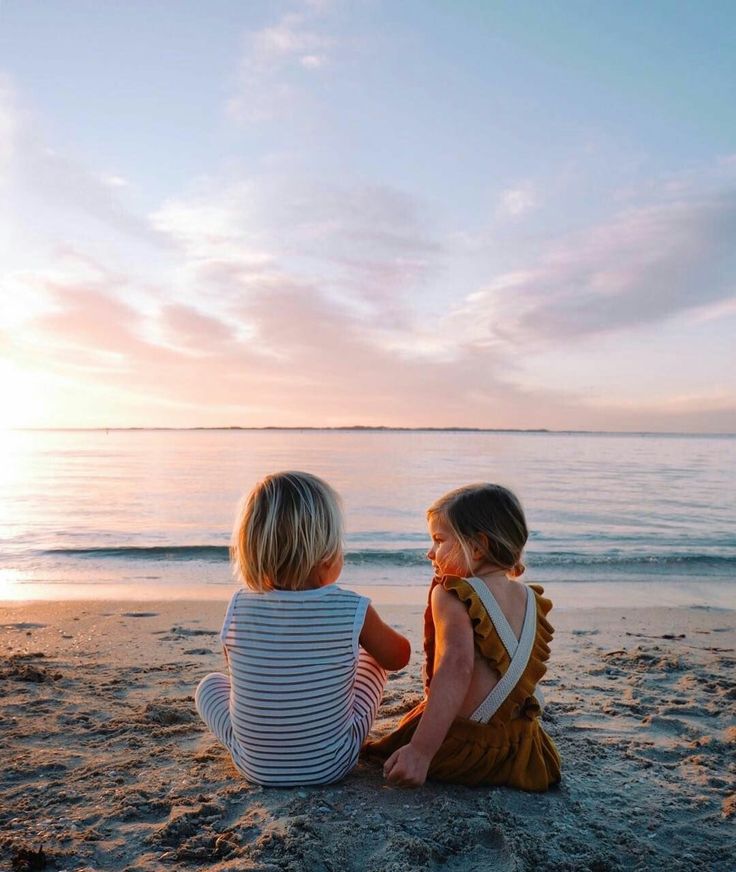
If your child is younger than 6 months and you are not able to keep your baby out of the sun, you can apply a very small amount of water-resistant sunscreen with at least an SPF of 30. Ultimately the safest place for your baby is in the shade with their skin covered as much as possible.
Check out this Sunscreen Hack for Kids using a brush applicator.
📌Pin it for later📌
Baby Beach Essentials
When taking an infant to the beach it helps to be prepared with the best baby beach essentials. These items will make your beach vacation with a baby less stressful for you and more enjoyable for your child.
The Baby Beach Essentials include:
- Baby Beach Tent
- Pop Up Canopy Tent or a Beach Umbrella
- Outdoor Beach Blanket
- Beach Bag
- Hooded Towels
- Beach Cover Up for Baby
- Beach Toys
- Small Inflatable Pool
- UV Sun Protective Swim Suit or Long Sleeve Rashguard
- Sun Hat
- Baby Sunglasses with Strap
- SPF 30+ Lip Balm
- Sunscreen
- Baby Water Shoes
- Infant Life Vest
- Wet/Dry Bag
- Swim Diapers
- Baby Wipes
- Hand Sanitizer
- Baby Powder
Learn more about a Family Beach Vacation
To discover why this baby beach stuff is important read my post about Baby Beach Accessories: The Must-Have Beach Gear.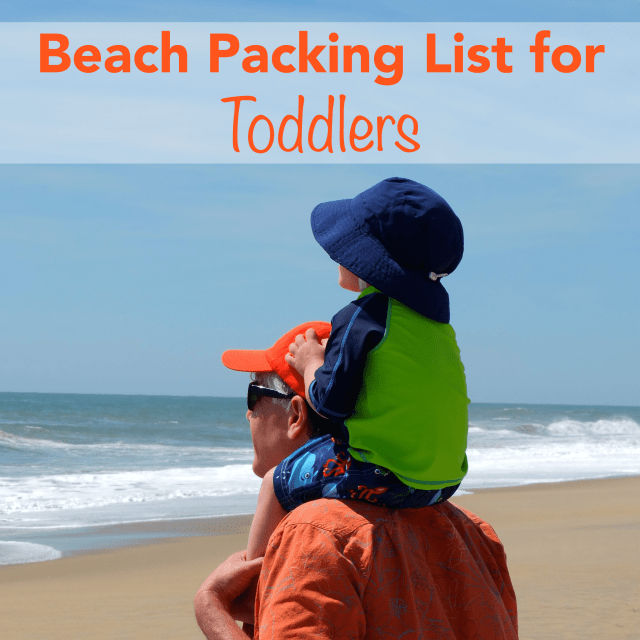 It will help you choose the best beach gear for your little one as well as learn some baby beach hacks. Find out about a baby powder beach hack (and it’s not for your baby’s butt).
It will help you choose the best beach gear for your little one as well as learn some baby beach hacks. Find out about a baby powder beach hack (and it’s not for your baby’s butt).
In addition, you can read more about the Beach Essentials for Kids to help you prepare for a family beach vacation. This includes details about all the beach gear needed for your whole family (kids and adults). And for a more in-depth guide check out my Family Beach Vacation – Ultimate Guide & Packing Lists.
Beach Essentials Packing List
BONUS: Download our FREE Beach Essentials Packing List which is perfect for a Beach Day with Kids.
Click to DOWNLOAD Beach Essentials Packing List
How to take a Beach Vacation with Baby
Taking a baby to the beach requires parents to adjust their expectations of what a beach vacation will be. It requires a lot more effort to take a family beach vacation, but it is doable and will even be enjoyable with the right preparation.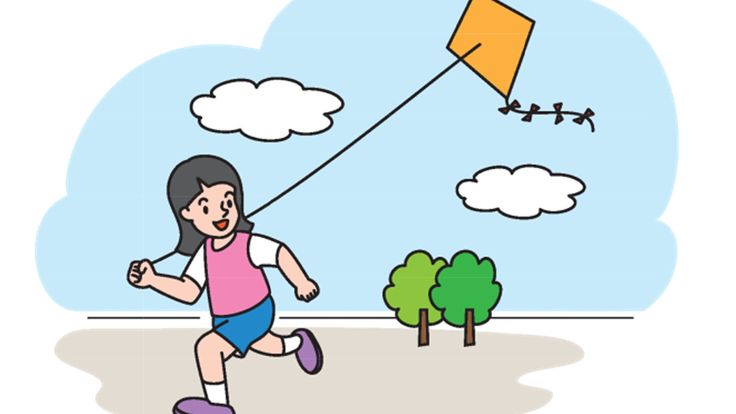
Parents will enjoy walking the beach with their newborn in a baby carrier, or sitting in the shade while their child naps in a baby beach tent. Ultimately getting out in nature and enjoying the fresh ocean breeze is healthy for you and your child.
There is no hard and fast rule about when you can go to the beach with a baby. There are precautions to be aware of so you can decide what is right for your family. The two most dangerous things for babies at the beach are the sun and the water. Take the necessary steps to keep your baby safe at the beach.
Avoid going to the beach during the hottest part of the day to prevent your baby from becoming overheated. Keep your baby in the shade and cover up their skin from the sun. If your baby is over 6 months then apply sunscreen of SPF 30 or higher. To avoid water illness wait until your infant is at least 2 months old before taking them swimming. Be aware of the water temperature since a newborn cannot regulate their body temperature.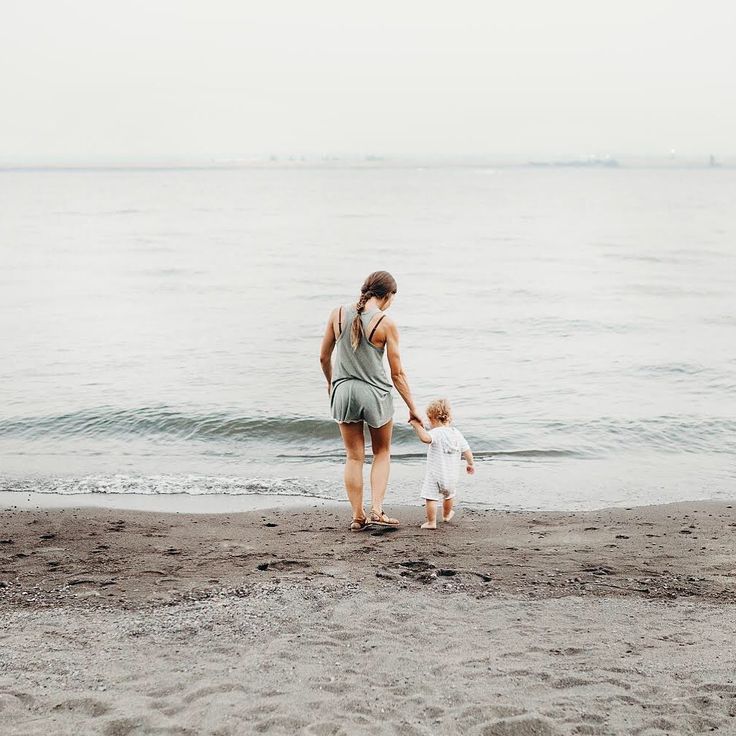
Beach Baby Summary
Finally, be prepared with the necessary Baby Beach Accessories to keep your child safe and comfortable at the beach. It really is worth the extra effort to make the trip more pleasant for you and your child.
And remember, let’s BE Family so you can enjoy the journey.
Until next time,
💕 Ruth
For more about family travel check out these posts:
Beach Essentials for Kids
Baby Beach Accessories: The Must-Have Beach Gear
Family Beach Vacation – Ultimate Guide & Packing Lists
Road Trip With A Baby: Tips To Help Parents Survive
📌Pin it for later📌
BE Family Products Inc. or (BE Family Travel) is a participant in the Amazon Services LLC Associates Program, an affiliate advertising program designed to provide a means for sites to earn advertising fees by advertising and linking to Amazon.com. Using any of the links on this website does NOT cost you anything but does help us continue to create content on this blog.
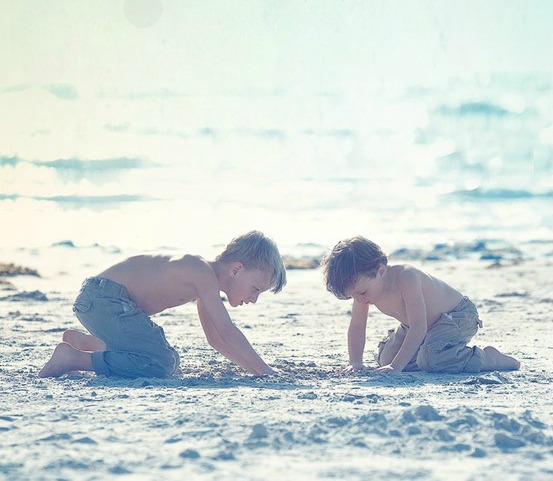.jpg) Thank you so much for your support and partnering with us, let’s BE Family.
Thank you so much for your support and partnering with us, let’s BE Family.Ruth Hutchins grew up in England and now lives in North Carolina with her husband, Doug, and their two young daughters. They always loved to travel, but once having children everything changed because family travel is more complicated. Traveling with a baby may feel overwhelming to new parents. Travel with a toddler can really test your patience, and traveling with kids can lead to utter chaos. However, travel with your little ones doesn’t have to be that stressful or exhausting. On the BE Family Travel blog Ruth shares her parenting wins, and even epic failures about traveling with kids. She provides resources to help you feel empowered to plan a family vacation and travel with your children.
Bringing Baby to the Beach
Sunny weather on its way always spells one thing for us – Beach Days!
However, as a new parent, you are probably wondering, is it appropriate to bring my baby to the beach?
It can be hard enough getting yourself sorted for a big day out in the sun, let alone when you have to think of all the things your baby will need too! The heat, the sand, the water – where do you start?!
It can certainly be one of the more challenging outings for parents, but with a little forward planning, a good packing list and some flexibility – like all things baby travel – you will have a blast!
Some of our fondest memories have been made at the beach with our babies and tots, even on cold blustery days, we love a beach trip. Let’s step you through here everything you need to consider:
Let’s step you through here everything you need to consider:
This post is part of our baby travel advice and beach vacation series of blog posts and travel gear reviews
What to consider before taking baby to the beach
What age is appropriate: – We have taken our babies to the beach pretty much from newborn, short stints at a time with their heads protected in a sun hat, and in a carrier. There’s no set age limit but it’s commonly accepted not to take them into the water until at least 2 months old and their immune systems have had time to build up.
Time of Day: Babies’ skin is far more susceptible to the effects of UV rays than adults. It is best to avoid direct sunlight, rather than using baby sunscreen, until your baby is at least 6 months old.
If you are heading outside with your bubs under 6 months, try to avoid the peak sunlight hours 10 am to 4 pm. The best time of day to visit a beach with a baby is first thing in the morning (though check water temperatures) or late afternoon when the sun is setting and the UV rays are less harmful.
We talk a lot more about baby sun protection and dealing with hot climates in this article.
Length of time: Our suggestion is literally baby steps – don’t plan a full 8 hour day in the sun for baby’s first outing to the beach. Base it on weather conditions; if it’s very hot, aim for only a short morning or evening session to begin with, then build up their tolerance for being outside in the direct sunlight (don’t think that winter rays won’t burn as well!).
Hitting the surf with babies – Actually getting in the water with a baby, take cautious steps. Some babies like the comfort of being in a carrier and close to mum or dad for their first effort; some kids will freak no matter the size of the waves.
Try and find a calm beach or inlet for their first dip in the ocean, and dip in just their toes at first, until they feel confident enough to get wet all over. You may prefer to introduce them to water and being submerged in a swimming pool first which is more predictable than the surf.
Essential baby beach gear to invest in
Before heading to the beach with your baby for the first time, you’ll want to consider packing these essential baby items to make your day go smoothly:
UV SunSuit/Rashguard
Your baby’s first line of defence against UV rays is a full arm and leg sunsuit or rashguard. It’s essential that you have UV resistant material covering your baby under 6 months old as sunscreen is not recommended.
It is not advisable to take babies and toddlers into cold water as they simply cannot regulate their temperature the same way older kids and adults can; however if you’re worried about the water being a little nippy on their skin why not look into a baby/toddler wetsuit?
Sunscreen
As we mention in our sun protection article, young babies should not have sunscreen applied at all.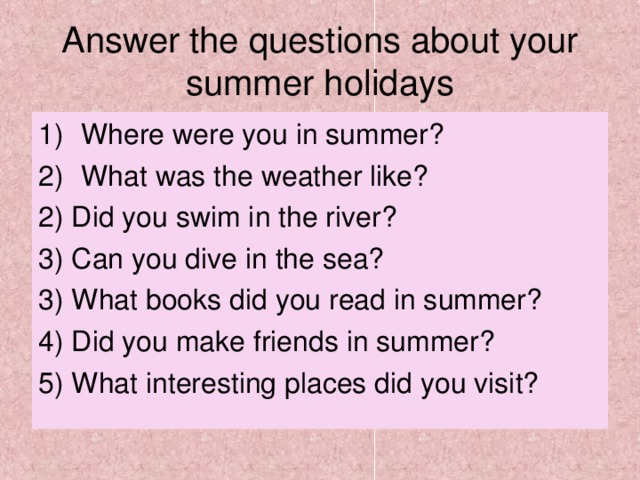 As they grow you can start using sensitive skin sunscreen. We recommend also looking for a reef-safe brand for use at the beach to protect marine life. Even if a sunscreen is ‘waterproof’, reapply after being in the water.
As they grow you can start using sensitive skin sunscreen. We recommend also looking for a reef-safe brand for use at the beach to protect marine life. Even if a sunscreen is ‘waterproof’, reapply after being in the water.
Baby Sun Hat
Babies’ heads are far more fragile than ours so a sunhat for the beach is essential. Sunhat brings lots of benefits more than we thought. In fact, we take two; one for when they are splashing in the water and a second for when they are dried up and playing in their beach tent. Far more than just a cute cotton pull-on, for a day at the beach with a baby, you need to consider UPF 50+ material, a wide brim for face and neck protection and a strap to ensure the hat will stay on your baby’s head.
You can find all our favourite baby & toddler sun hat suggestions for the beach here
Baby Sunglasses
Of all the sun protection gear, this is the one that’s most hit and miss. If your baby will wear them it’s a great way to keep their eyes protected from sun and sand; but not all babies will keep them on! They differ from normal kids’ sunglasses as they have a soft band to keep them attached to babies’ heads and are a closer fit.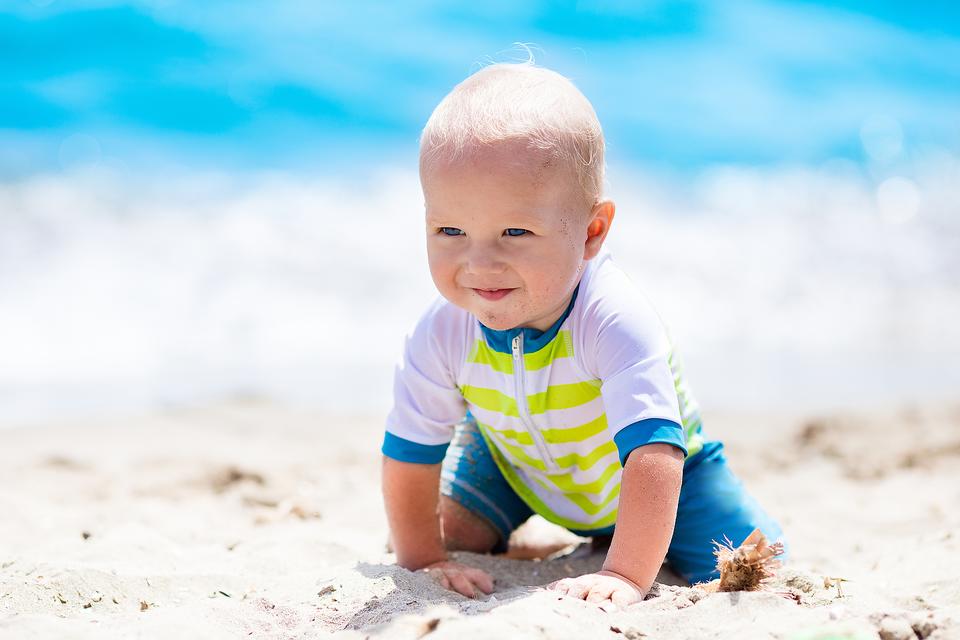 We had success using Baby Banz with baby no.3 but it really is potluck!
We had success using Baby Banz with baby no.3 but it really is potluck!
Baby Beach Tent
We used to laugh when we saw these pre-kids but we can assure you if you’re planning on spending any length of time outside, an anti-UV tent for your baby is your best line of protection against UV rays after their sunsuit.
Forget creating makeshift tents with Muslin clothes over strollers, honestly, for peace of mind, make the investment in a proper tent for sun protection on an exposed beach.
You can find all of our favourite beach tents for tiny babies through to those that can fit the family here.
Reusable Swim Nappy
Your baby absolutely needs a different type of diaper when heading to the beach – if you’ve ever seen a normal disposable nappy get wet you’ll know what I mean!
Whilst there is a huge range of easy-to-use disposable swim diapers for babies and toddlers out there (we found Huggies Little Swimmers the best), we do recommend regular beachgoers and baby swimmers to invest in the far more enviro-friendly option of a reusable swim diaper.
You can find all our favourite reusable swim diapers compared here
Baby Beach Shoes
Once your baby is transitioning to toddling, a pair of baby beach shoes can be a great investment. Unlike a complete water sandals for toddlers, these are very soft, flexible-soled sock-style shoes that just provide that extra barrier between sharp shells and rocks for delicate feet taking their first steps.
You can see our complete review of baby and tot beach shoes here
A Baby Float Vest
Once you start hitting the water and your baby is gaining their confidence it’s essential to think about a flotation device – we all know it only takes seconds for a child to drown. It is difficult to find a life vest that fits a very small baby but look for something that actually attaches to your child, not a rubber ring.
Note there is a difference too between a life vest and a floatation device aimed at helping your child learn to swim. Most baby vests are only appropriate for 12 months+ but take a look at some of these aids, designed to help you transition from life-saving device to flotation and learn to swim.
Most baby vests are only appropriate for 12 months+ but take a look at some of these aids, designed to help you transition from life-saving device to flotation and learn to swim.
Ready to transition to floatation devices> You can see our complete guide to swimming vests and kids life jackets here
A Waterproof Baby Carrier
Especially if you have a sibling to consider as well, a waterproof carrier or sling can be an ideal solution to ensure your baby can still play safely at the beach with the family. A carrier keeps them close to you which can be great for their comfort and confidence near the water too.
See our complete guide to waterproof baby carriers and slings here.
A Beach Bag
In addition to your normal family diaper bag, you may want to consider for the beach a nice family-sized beach bag. We would normally move our baby essentials such as diapers and feeds into a waterproof bag that sits inside the family beach bag. Always bring plenty of extra waterproof cloth bags to separate your wets and dries.
Always bring plenty of extra waterproof cloth bags to separate your wets and dries.
You can find all our favourite extra-large family beach bags here.
Baby Beach Hoody
Far from being gimmicky, a cute little baby beach towel hoody is the perfect cuddly investment taking your baby to the beach. Keeping them warm and dry after a dip, one baby beach essential you can have some fun with!
An Insulated Milk Bottle Carrier
Once again sand can be your enemy! Keep your bottles well protected with an insulated breastmilk carrier that will not only keep the right temperature in the heat but keep the sand away too.
Water Bottle or Sippy Cup
Depending on your baby’s age and stage of weaning, you should look to supplement their normal milk feed with additional water to prevent dehydration out in the sun. Either their usual milk bottle with water only or a basic baby sippy can be introduced from 6 months, in addition to their usual milk and solid feeds.
Bonus tip: Try pre-freezing some pouch meals, by the time they defrost they’ll still be lovely and cool for a refreshing treat.
An Inflatable Paddle Pool
Stick with us here! Yes if space will allow packing an inflatable kids paddle pool can be a great idea. This gives your baby a sand-free area to still safely enjoy a supervised splash. You can fill it just with a few toys or add a couple of inches of water – do keep an eye on the temperature and never, ever leave a baby unsupervised.
Baby Play Toys For the Beach
Digging, squashing, sifting – this is what sand play for little ones is all about. Once your baby is upright or crawling, make sure to throw in some fun extras for them to enjoy on the beach – though don’t go overboard, you’ve got plenty of years of dragging toys to the beach to come! Some fun basic ideas here for babies to enjoy:
If taking sand toys it’s always advisable to store these in a separate mesh bag from the rest of your beach gear.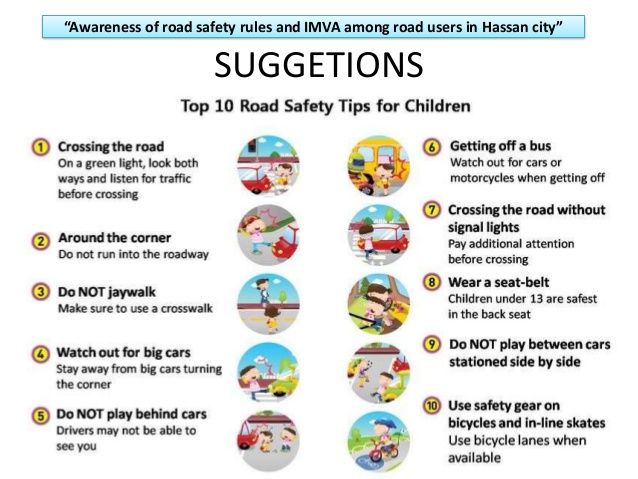
See our complete guide to the best toys for the beach here.
Baby Beach Chair
A cute little extra to consider taking with you on a baby day at the beach is a portable baby beach chair. These come from little seats on the ground through to seats that look more like high chairs. We like the chairs that sit low to the ground and include a harness for baby as well as a removable tray for a sand-free (as much as possible!) place for your bub to snack and play.
Anything with a retractable sunshade is a bonus too, it may save you from packing a pop up baby tent.
See our complete guide to baby and toddler beach chairs here
A Beach Wagon
These sturdy wheeled wagons can be a much better bet for your trip to the beach than a traditional travel stroller; they’re simply not made for off-roading on soft surfaces. If you can access a beach wagon, it’s a wonderful way to get everything that we’ve mentioned here to the beach – baby included! (You won’t believe how much baby paraphernalia adds up!)
Alternatively, if you will be bringing a stroller to the beach, remember 3-wheels are always better than 4! Whilst most strollers can handle, hard, compact sand, you really need a specialised beach stroller if you’ll regularly be hitting soft sand.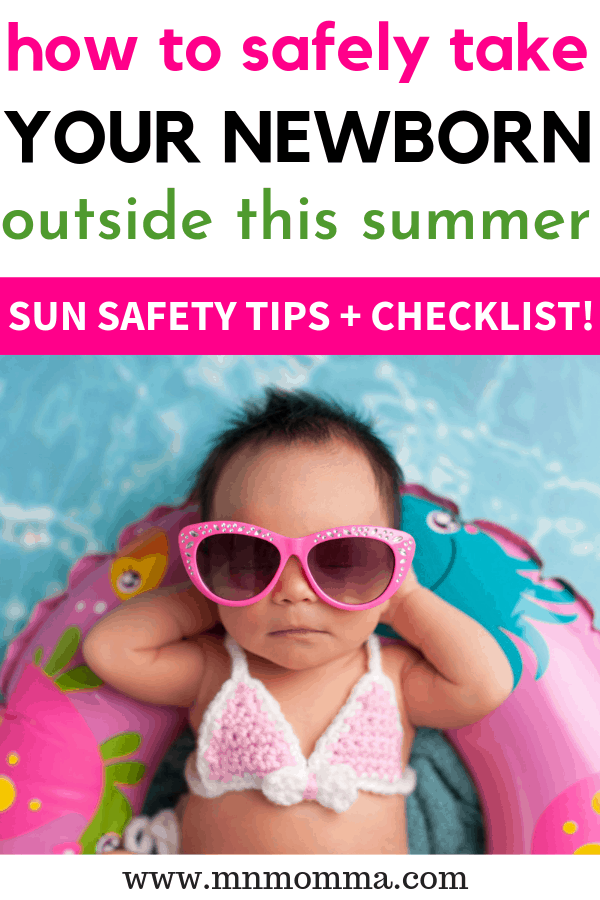 Look for strollers marketed as “all-terrain” – they come in both singles and doubles.
Look for strollers marketed as “all-terrain” – they come in both singles and doubles.
More to pack for a day at the beach
Got more family members to consider? As your family grows and you have tots plus a baby to tend for at the beach, head on over to our complete family guide to a day at the beach for all your beach packing considerations.
Other items to include in your baby beach bag not mentioned above:
- Several changes of clothes – wets can get soiled and need changing during the day, as well as a complete dry change for heading home.
- Extra towels – we always keep a few spares in the car too – it’s highly likely anything that’s been on the beach ends up sandy and wet; if baby needs extra drying and wrapping up on the way home it’s best to have at least something will be sand-free!
- A diaper changing kit – we like to keep a separate sand-free area for diaper changes, don’t forget diaper rash ointment (wearing wet bathers and abrasion from sand can extenuate this issue) as well as wet wipes in a small diaper kit.
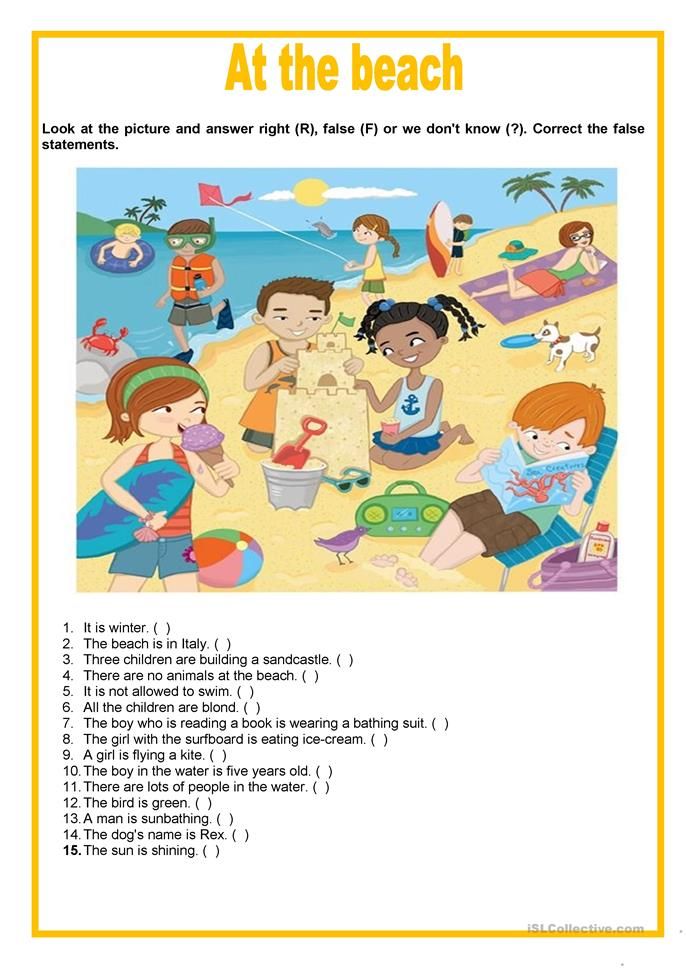
- Garbage bags – think dirty diapers, wet wipes, never leave anything behind.
- First aid kit – accidents happen everywhere, it’s always wise to have stashed in your beach bag a small medical kit with the basics.
- Talcum powder – try a little bit of talc on your baby’s skin before hitting the beach, it works a treat keeping the sand off! Alternatively, even good old kitchen cornstarch can work.
Warning! Sand in baby’s eyes! This is the most common medical emergency babies can run into at the beach. It may not be a bad idea to include some emergency saline drops in your little first aid kit as a preventative measure.
You can download our complete family beach day checklist here!
We’ll ask you to sign up to our mailing list but you can simply unsubscribe later if you decide it’s not your thing.
Winter beach vacation with a baby!
Remember, beaches aren’t just for summer! In fact, many of our favourite beach days have been in the depths of Australian winter – when our kids are on northern hemisphere summer break we head to the cooler climates Downunder to spend time with grandparents.
As soon we get a mild winters day (in fact, even when it rains!) we head to the incredible beaches on the beautiful south coast of Western Australia. We get crowd-free beaches and far less concerns about the harsh UV rays. Winters are a perfect time for beach exploration, playing in the sand, discovering rock pools and yes, our fearless warriors still want to swim in the frosty Southern Ocean!
Find all our favourite beaches near Albany on the Western Australia South CoastIn addition to the many beach essentials we mention above, a winter trip to the beach is more about battling against the cold than the sun (but you better believe especially in Australia those UV rays are still present). Don’t forget to consider:
- Taking baby in a carrier while you climb and explore around the beach to keep you hands free.
- Always keep some warm blankets on hand.
- If (when) baby gets completely soaked a fresh set of clothing to immediately change into.
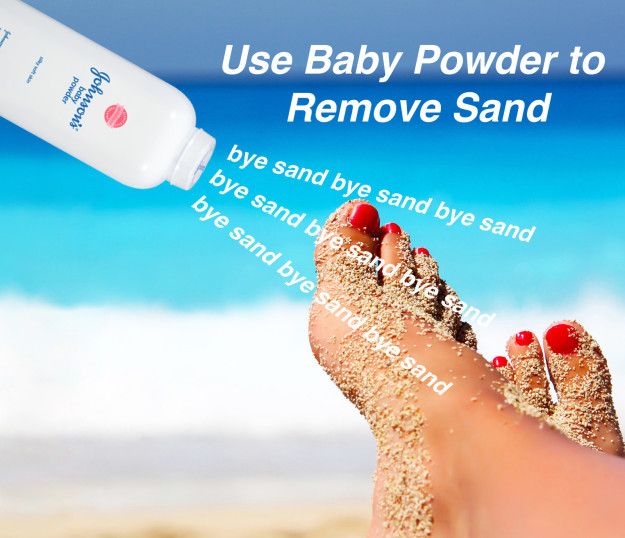
- A bottle warmer, normally while one of us is changing bubs the other is getting the car and things warmed up. A plugin bottle warmer works a treat straight after a winter’s day at the beach.
And what we love most about a winter trip to the beach is how well our baby (and toddlers, and big kids!) sleep on the way home with a blast of fresh air!
Considering camping overnight? Our top tips for beach camping with kids.
More baby travel tips
We hope this guide has helped you confidently prepare for a big day at the beach with your baby. Do pop into our baby travel home page before you go. We have more detailed guides to:
- Flying with a baby
- Road tripping with a baby
- Camping with a baby
- Hiking with a baby
Plus a huge list of baby travel product reviews from our tried and tested product series. We hope we’ve given you the confidence that you CAN keep seeing the world, even after kids come along.
We hope we’ve given you the confidence that you CAN keep seeing the world, even after kids come along.
Sign up here to immediately receive our complete baby packing list + essential guide to hiking and camping checklist
Bookmark this page or save it to Pinterest for later
Disclosures: We are members of the Amazon Services LLC Associates Program. Qualifying purchases made using our affiliate links will earn us a commission at no additional cost to you. Our full website terms of use can be found here.
© Our Globetrotters | Feature Images Canva
Like it? Share it!
- Share
- Tweet
Relax on the beach for the little ones
Summer sun and water bring many benefits to kids - under the influence of sunlight, vitamin D is produced, which promotes healthy growth, while swimming, the body hardens, and interesting beach games contribute to physical and mental development.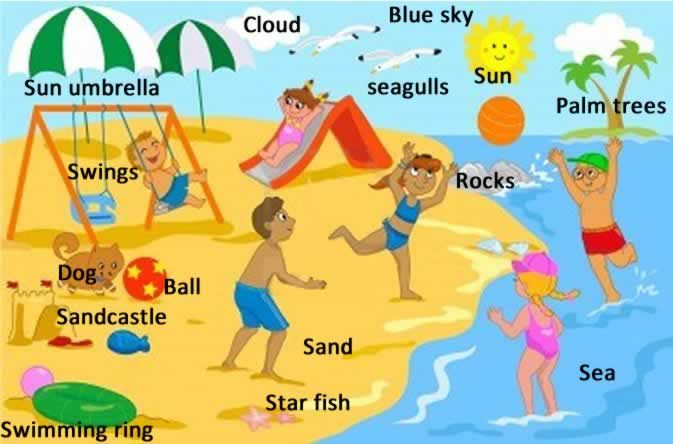 However, when going to the beach with a baby, you need to remember a few important rules.
However, when going to the beach with a baby, you need to remember a few important rules.
At what age can you take your child to the beach? Pediatricians do not recommend visiting the beach for babies under one year old, as their skin is still very vulnerable and the thermoregulation mechanism is not fully formed. If you still decide to go to the coast with a baby, try to keep the baby in the shade as much as possible and give him more water. In fact, the same rules must be followed with older children, especially if the child is on the beach for the first time.
The best time to visit beach is before 10 am in the south or before 12 noon in the middle lane and after 4 pm. At this time, the sun does not shine so brightly, and there is less chance of getting a sunburn or heat stroke.
The child's body is very sensitive to temperature changes, so do not allow the child to immediately enter the water - play with him for 20-30 minutes on the shore, in the shade.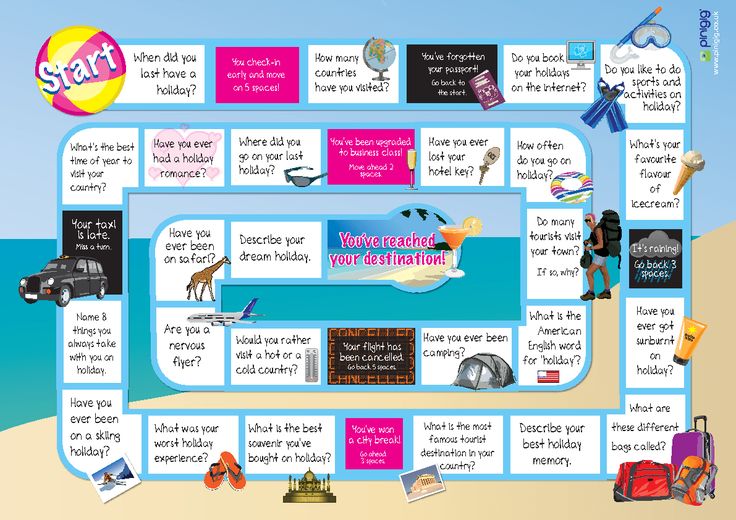 If the water is cold, then swimming is generally better to exclude. Water temperature should be above 20 ° C, and the best option for a child is 21-24 ° C. And try to make sure that the baby does not get cold: the time of one bathing session should not exceed 10 minutes.
If the water is cold, then swimming is generally better to exclude. Water temperature should be above 20 ° C, and the best option for a child is 21-24 ° C. And try to make sure that the baby does not get cold: the time of one bathing session should not exceed 10 minutes.
Mandatory use sunscreen : the younger the child, the higher the protection factor should be. Apply sunscreen to your baby's skin 20 minutes before leaving the house and every hour at the beach, including after every swim.
Beach wardrobe is also worth special attention. Buy a wide-brimmed panama hat or a scarf for your child, but leave the cap at home, as it will not be able to protect the baby's ears from the sun. Many parents let their children run naked on the beach. But the beach is not the cleanest place, and to avoid the possibility of infection, be sure to wear cotton panties or swimming trunks for your child. And in the sand there can be small sharp pebbles, fragments of shells and even glass, so instead of flip-flops it is better for the child to wear light sandals that sit firmly on the leg.
What to bring?
Adults can often get by with just a towel and sunglasses, but a child on a beach holiday needs a lot more: rest by fresh water),
Water games
It is almost impossible to see a child sitting quietly next to his parents on the beach. Little fidgets now and then strive to go swimming or bury their heads in the sand. Make beach games not only fun, but also educational. After all, there is so much natural material on the beach that you can use in the game! Sand, water, sticks, shells and pebbles of all shapes and sizes. And if, in addition to all this, you still stock up on molds, spatulas, buckets and paints, neither you nor the baby will definitely be bored.
And if, in addition to all this, you still stock up on molds, spatulas, buckets and paints, neither you nor the baby will definitely be bored.
Castles and towers. What's a beach without a sandcastle? Building castles is a favorite pastime for children. If the beach is sandy, then invite the child to build a large castle with turrets, passages, a bridge and a moat. If the shore is pebbly, the castle can be replaced with a high tower. It is necessary to stack the pebbles so that the tower stands straight and does not fall. Join the kid and arrange a competition: whoever lays a stone that will cause the whole structure to collapse, loses.
Color the stone! Take acrylic paints with you to the pebbly beach and enjoy your creativity with your child. For example, try to draw a funny little man on two pebbles: on the top, draw a head, on the bottom - torso. There can be many lower stones: each copy is a new outfit. Then draw houses, cars for the little men - as a result, you will get a whole city.
Fun cooking . Ask your little one to make you an invigorating coffee from water and sand, and don't forget to "drink" with pleasure. Remind him that his favorite teddy bear hasn't eaten anything for two days now - let him cook and serve him dinner, like in a real restaurant.
Treasure hunt. Did your little one make friends on the beach? It turns out that now you need to entertain not one, but four fidgets at once. Divide them into teams. In a small designated area, let one team hide a small toy in the sand, and the second one will find it. Then swap them. Keep track of the time that the first and second teams spend searching. And don't forget to give the winners a round of applause!
Right on target. Take a ball with you to the beach. Ball games, according to pediatricians, develop dexterity , endurance and coordination of movements. Draw a target on the sand or lay out a target from stones - let the child try to hit it with a ball from a distance.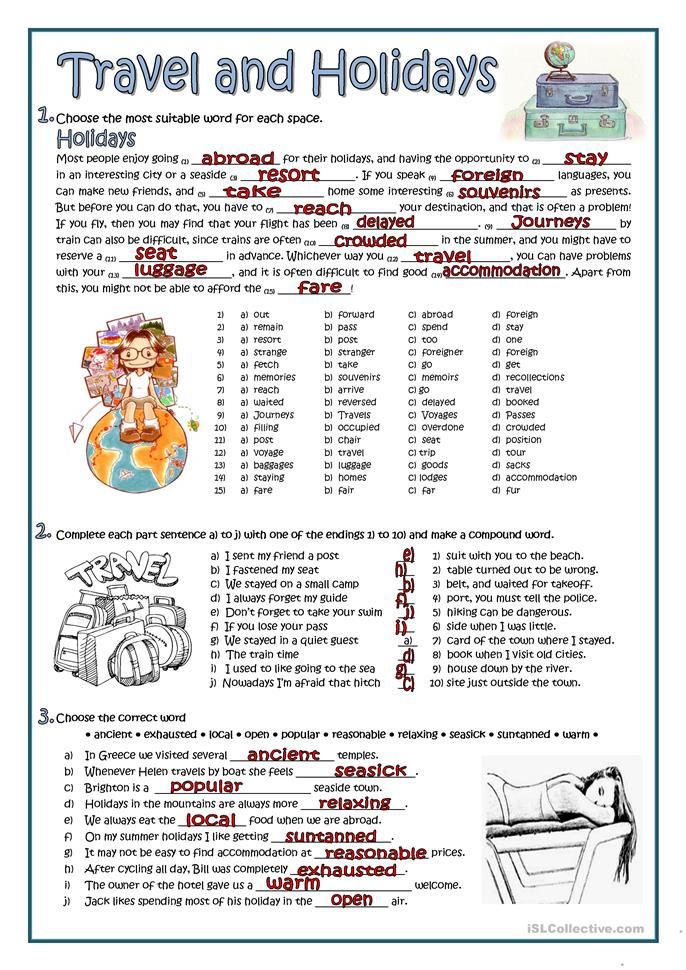 Warn that for the title of "winner" you need to hit the target 10 times.
Warn that for the title of "winner" you need to hit the target 10 times.
Sinking - not sinking. Let your little one feel like a scientist. Fill a bucket with water and put a variety of objects nearby (toys, pebbles, leaves, blades of grass, fruits). Let him determine by experience which of them sink and which easily float on the water.
Aquarius. Children love to play with water. At home, this love gives a lot of trouble to parents and, as a rule, is banned. But on the beach - please! Stock up on a variety of vessels: a bottle, a bucket, molds, yogurt cups. The baby will happily pour and pour water from one dish to another. During this game, you can also practice counting skills . For example, ask your child to count how many cups of water fit in one bucket.
Footprints in the sand. The kid will support your idea of leaving footprints in the sand with great pleasure. He will diligently clap his hand, stomp his foot, put all his toys and molds to the sand.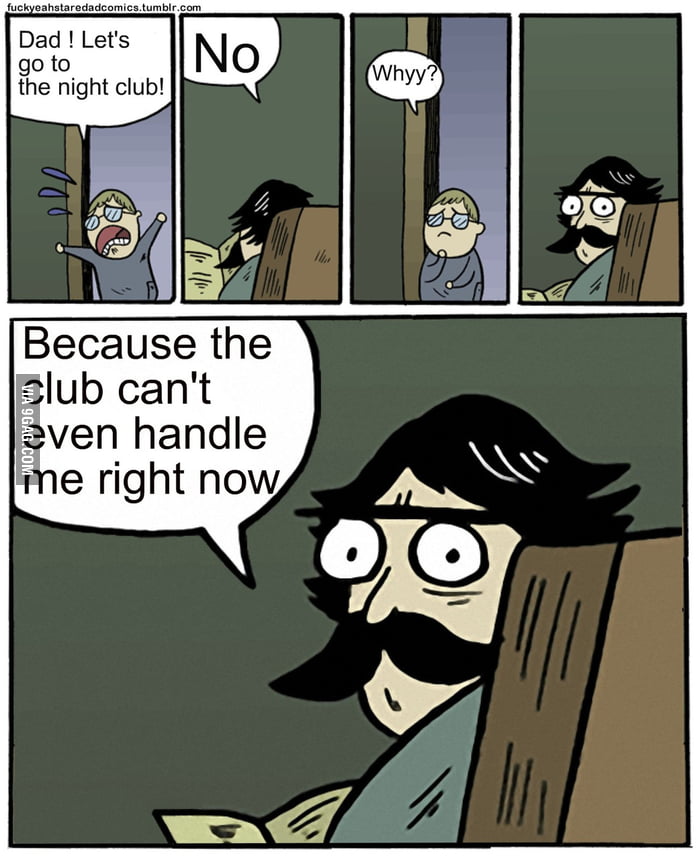 The culmination of the game may be the imprint of his or your entire body. Invite the child to finish drawing it: draw around the contours, make a face with the help of pebbles, hair and clothes - with the help of grass and algae. Fun guaranteed! And don't forget to take a photo of two kids side by side: a real one and a drawn one.
The culmination of the game may be the imprint of his or your entire body. Invite the child to finish drawing it: draw around the contours, make a face with the help of pebbles, hair and clothes - with the help of grass and algae. Fun guaranteed! And don't forget to take a photo of two kids side by side: a real one and a drawn one.
With the kids to the beach - tips and life hacks from moms
On the eve of the beach season, it seemed useful to us to collect in one place the achievements of dozens of our accomplices . Now you don’t have to look for them in the open spaces of the group, you can just throw a link!
If our mothers are experts in something, it is in organization of beach holidays with children of all ages . But let's talk about babies, because. everything should be provided with them: from napkins to pacifiers, from sandwich filling to cream ...
How can you protect your child from the sun?
- I can recommend sun cream: Africa kids.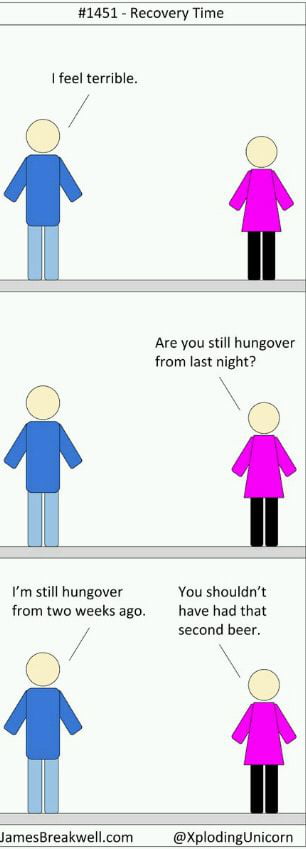 The second trip with him under the scorching sun, and I smear the child and myself, and my husband) One tube was enough for 40 days. In the morning I smeared it, then the sea, the pool, it doesn’t matter) I only took another one on my face
The second trip with him under the scorching sun, and I smear the child and myself, and my husband) One tube was enough for 40 days. In the morning I smeared it, then the sea, the pool, it doesn’t matter) I only took another one on my face
- In Russia, the most affordable is Biosolis
- I have clothes - a rashguard and a cream with physical. filters
— I'm all blondes, somehow managed to burn the skin on my toes!!!, which is visible from the sandals. So I used protective clothing and cream
- I would take a beach tent to keep out the sun. And a large cover like free sand mat
- If the child is already actively crawling, neither a tent nor a bedding is a decree for him. At first I also went with a tent, it was enough for me 2 times
How to dress a baby?
- Ours crawled perfectly in the sand, put on reusable panties or diapers (I don’t like to keep a child naked on the street) and yes, I always had a bottle of water to wash my mouth or hands
- my daughter was 6 months old, she bought a sun suit specially, crawled and bathed in it
- In a sun protection suit or cotton shorts
- Swimming and playing on the beach in special swimming trunks
- Protective suit with long shorts. They hug your hips and keep sand out of your crotch. It is very convenient, and it is not necessary to smear the whole baby from head to toe with sun cream. I also took a panama with a sewn neck to this costume. All rhymes. Dries very quickly
They hug your hips and keep sand out of your crotch. It is very convenient, and it is not necessary to smear the whole baby from head to toe with sun cream. I also took a panama with a sewn neck to this costume. All rhymes. Dries very quickly
- In a diaper on the beach - it's a pity to soar babies
- A sun protection t-shirt is more convenient than a suit (if you choose the option that the child is without a diaper). True, on such small ones it is not easy to find not with a jumpsuit. And a lot of panties
- But a good wide-brimmed drawstring panama hat with stoppers and an elongated back half-curtain (to protect the neck and shoulders) should be acquired
- A child's legs will burn in shorts. Even if you cover everything with cream, it will be erased on the sand
- And the sand will still be everywhere, so that you do not choose
- There are underpants that completely cover the ass, like boxers, only for children)). And the sand will not get inside
— Crocs on the legs
— The bambino mio swimming trunks helped us out great when swimming in the pool. It is better to buy two pairs, in case of big surprises.
It is better to buy two pairs, in case of big surprises.
Playing on the beach
- Maybe you don't want to crawl on a pebbly beach - and there is no problem. Buy an inflatable pool and it will flop there
- A lot of inflatable toys, a pool, a bucket with a spatula
- With such small ones, I always took an inflatable small pool, poured sea water to warm it up, and let my little ones splash with arms, legs, but as soon as they started to sit, they didn’t get out of it
— Pull everything out of the mouth in time, distract with molds / spatulas, crawl with the child, look for shells and other living creatures, actively fiddle with it, winding it to the maximum. If there is at least something in the sea (shrimps, hermit crabs, fry), buy a net, it will be in business
- The pool can be useful if it turns out that the child is afraid of the sea. Sets of molds, spatulas, water mills are generally a hit. It’s ideal to have a lot of different toys for sand so that you can change sets every couple of days
— And mine played with pebbles, sticks, cones, leaves, flowers .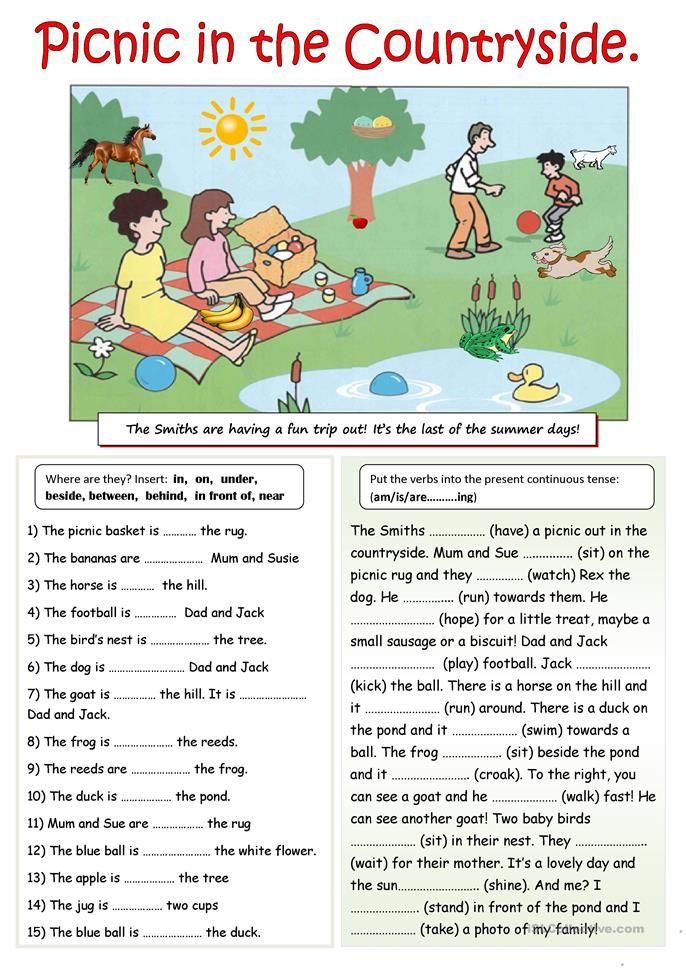 .. toys were not in demand
.. toys were not in demand
— We lay on the couch from the developing Ikea rug. With arcs like that. Green. Always in the shade of trees, under umbrellas, I have burned myself many times, so I do not trust them
What to drink / eat?
— I would come home for lunch time. Being in the sun from 13 to 16 is not very useful and tiring, especially for children what you want to eat for lunch)) soup, potatoes with a cutlet, cottage cheese, yogurt for an afternoon snack, etc. From fruits it is better to take those that do not crumple
- We bought a small plastic portable refrigerator, put a couple of frozen briquettes in it, there drinks (juices, water ...), sandwiches, yogurt, fruits, salad ...) It is better to cut fruits, into a container put and eat with a fork so that there is less waste
— We took sandwiches: toast bread, greased on one side with curd cheese and then a flight of fancy. We had Parma ham and arugula, we had just ham and cucumber, you can make mini burgers
– Layered sandwiches with meat / chicken breast / red fish + layers of what you prefer
– Very satisfying and tasty to take with you omelette with tomatoes and cheese
— I used to take my child soup, cutlets with vegetables, separately chopped cheese in a bag and already washed and chopped fruits of several kinds in a special thermos for eating.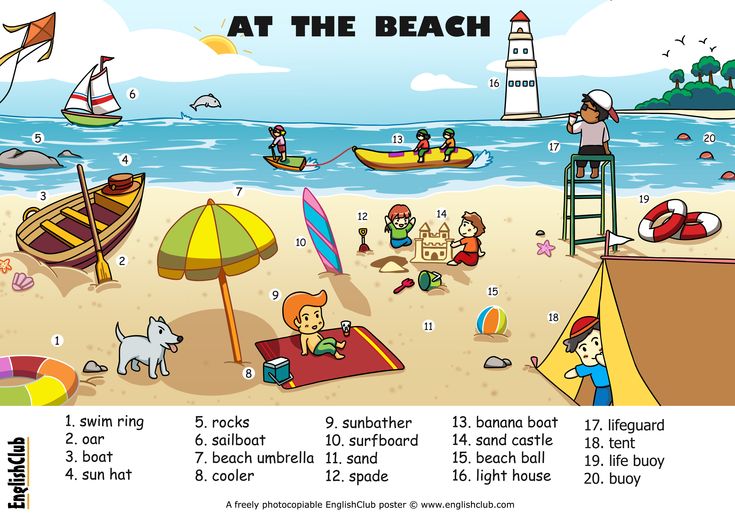 If you eat, then sandwiches or homemade pies are also very convenient.
If you eat, then sandwiches or homemade pies are also very convenient.
- In plastic boxes, at least meat with pasta or whatever you think of, plus small sandwiches, fruits that my granddaughter doesn’t like at home, and she’ll even fight for the company for them!
How to put me to bed?
— There are mattresses ventilated in the stroller from the heat. It would be nice to have an umbrella for a stroller from the sun
— They always took a large umbrella and a couple of sun loungers, a stroller with an umbrella and light garbage like a self-folding tent-house to the beach. It has holes and mesh, so it's breathable.
- Buy a Keumer beach tent on Aliexpress! Weighs 1 kg, unfolds in a minute, assembles too! There is a video on Ali showing how these awnings unfold themselves 🙂 It gives excellent shade and it is chicly ventilated
How to swim?
— When the youngest falls asleep, we go to breakfast and then to the beach. There's games near the water and swimming time until lunch. The eldest daughter can swim, but does not swim far - rather, she dives and splashes in the waves. The middle one splashes on the shore. It doesn't go far into the water either. I don’t leave some, but I can watch from afar when I sit under a canopy with a baby. When I go swimming, I pull the elders out of the water and leave them by the stroller. I’m calmer that they are not in the water and will wave to me if the baby wakes up. The pool is simpler - when the youngest falls asleep, I put the brake on the stroller and swim with the older ones
There's games near the water and swimming time until lunch. The eldest daughter can swim, but does not swim far - rather, she dives and splashes in the waves. The middle one splashes on the shore. It doesn't go far into the water either. I don’t leave some, but I can watch from afar when I sit under a canopy with a baby. When I go swimming, I pull the elders out of the water and leave them by the stroller. I’m calmer that they are not in the water and will wave to me if the baby wakes up. The pool is simpler - when the youngest falls asleep, I put the brake on the stroller and swim with the older ones
- Swimtrainer Classic - the safest swimming circle for kids (naturally, in the presence of parents)). The straps are inflatable and are attached around the chest and on top like backpack straps
- I didn’t use any circles, I swam on the handles, but the circle that was shown in the photo above (with panties) really liked it, would be now - I would buy
- The absolute leader - an inflatable circle with built-in panties and handles for holding - with a bang from the year to this day.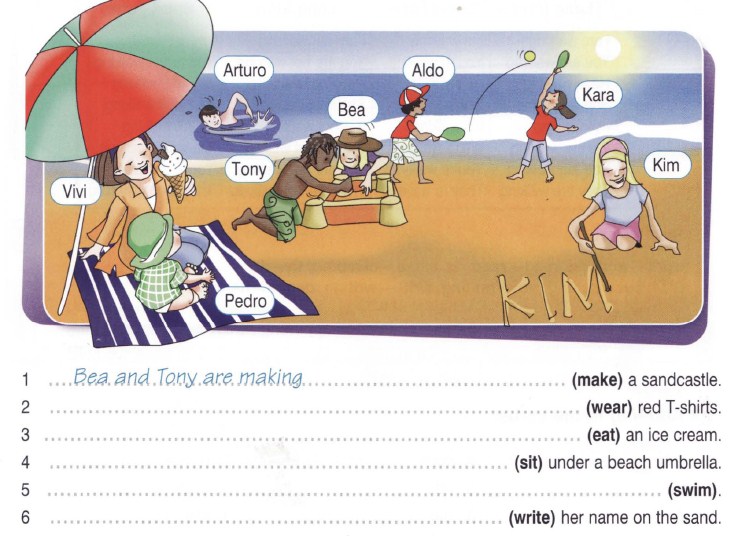 With a bang, and most importantly - safe
With a bang, and most importantly - safe
— Older children are splashing in the sea, babies are sniffing on sun loungers in the shade or in their strollers
— We bathed in the sea and in the pool. To the beach in the morning or in the evening, during the day in the shade or at home
— Better before 11 am on the beach and after 4.30 pm…
— When I fell asleep on the beach in a wheelchair, I swam. The more activity - the more chances for a long child's sleep and your rest))) - And who watched the child while swimming? - Nearby vacationers. I swam facing the stroller 10 meters away and watched all the time I asked to wave my hand if I grunted, well, I myself followed the movement of the legs under the diaper
First aid kit:
— Sunscreen, panthenol, ear drops, powder (maybe sweaty), suppositories with paracetamol
— The main thing is antipyretic and for intestinal disorders. Oh, and antihistamines can come in handy. The same fenistil, if mosquitoes bite
- What is urgently needed now: antipyretic, thermometer, from allergies, from burns, from bites, sun cream, patches and brilliant green, and the rest is still only as prescribed by a doctor, because you can't treat such little ones on your own
- Antipyretic, just to have two types at once - one in suppositories, paracetamol, for example, the other in syrup - ibuprofen. For the rest, good insurance and a doctor. Oh, and I carry an infrared thermometer with me
For the rest, good insurance and a doctor. Oh, and I carry an infrared thermometer with me
— We bought water patches at sea. They keep super. (there was an operation on the foot, it was necessary to seal it very well)
Useful little things:
- Water for the beach is obligatory
- When on the first day for washing and rinsing my mouth, I spent 8 liters of water and threw away 2 packs of cookies, because that everything was in the sand, I calmed down and decided - let him eat. After 3 weeks on the beach, I saw a mother with the same baby - she also constantly rinsed her mouth and toys and looked with condemnation at my daughter, who was just licking a toy in the sand - the first day))) On the trail. day they also ate sand
- I always had a bottle cap with holes in it in my bag. When it was necessary to wash / rinse something, I screwed it onto the bottle, and it was very convenient to water it, like from a shower)) then they closed the bottle back with a regular lid so that it would not spill and sand would not fall
- In my experience: pebbles are much easier to pick out of the mouth than sand
- If the child is inclined to run away, then I strongly do not recommend special beach shoes.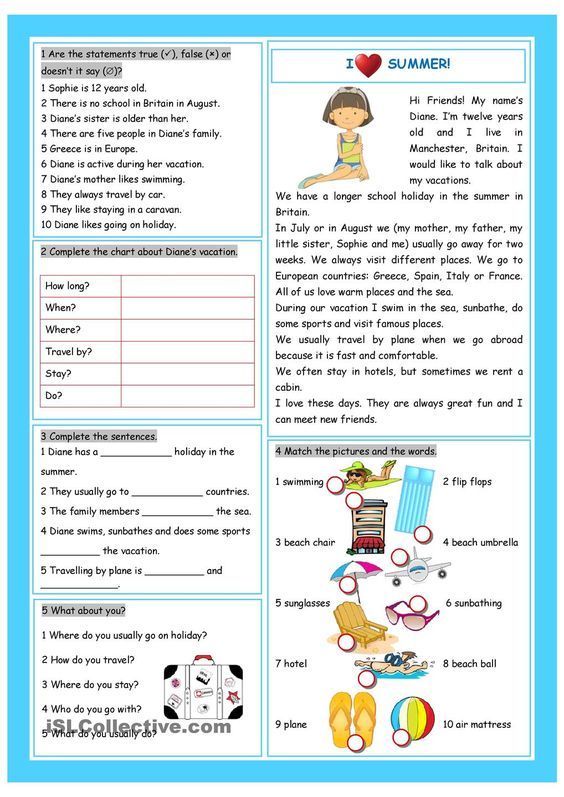 I bought mine and wore it exactly once. He runs away so fast that neither barefoot nor in slippers can keep up with him
I bought mine and wore it exactly once. He runs away so fast that neither barefoot nor in slippers can keep up with him
- When the sand is hot, it's very convenient, shilopops sit under an umbrella, they make Easter cakes 🙂 I spent a week alone since two years with very chilopopny twins, sat, drank coffee on the beach 🙂
- Don't forget very thin fabric - scarf, pareo, anything - at least cover during feeding, at least cover the stroller
- Take your car seat-cradle with you, on a trip it will be like a deck chair, if anything
- The nipple saves from sand in your mouth, but not for long
- Shoulders and other garbage we bought on the spot, like an umbrella
— If you have a babybjorn sun lounger or something like that, then it’s great everywhere: put the baby on the beach, and in apartments
— We went to the sea last time with a small tent from Decathlon. Great shade (and easy to turn, not like an umbrella)
- Great "house" for kids. You can put everything inside. It also saves from rain / wind
You can put everything inside. It also saves from rain / wind
— Baby powder like talc perfectly removes sand from the feet of children at the exit from the beach
— A picnic mat with a waterproof lining is ideal for the beach
- Buckets, scoops and molds must be bought at a local supermarket for a pretty penny, and also found on the beach left by those leaving. You can also buy an umbrella from the sun at a local supermarket for ~ 5 euros (in all countries, approximately the same price) and do not pay for sunbeds
- You need to drag the stroller over the sand, as it were, backwards on two rear wheels by the handles
- Toys for carry sand in laundry bags, they are made of mesh, and excess sand spills out without problems
— If the beach is far away, a folding trolley like Bollerwagen Fuxtec 9 helps a lot0003
- Diapers instead of towels. I got out of the water, dried myself with an ordinary baby diaper, hung it on the stroller - it was dry after 5 minutes.
